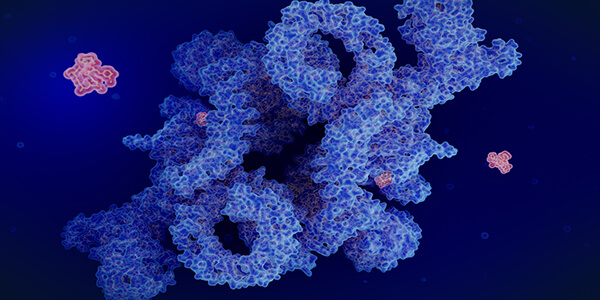
Cyclic peptides are characterised by polypeptide chains that are arranged in a cyclic ring structure. This structure offers various advantages over their linear counterparts: on the one hand cyclic peptides show a higher thermal stability and a higher resistance to digestion. On the other hand their rigid structure results in a better biological activity since the binding to the target molecule is improved. All these characteristics turn them into highly valuable drug candidates.
Cyclic peptides have various applications; the peptides in this application note, polymyxin B sulfate, daptomycin and bacitracin are used as antibiotics for the treatment of bacterial infections, whereas cyclosporin A is used as an immunosuppressive agent.





